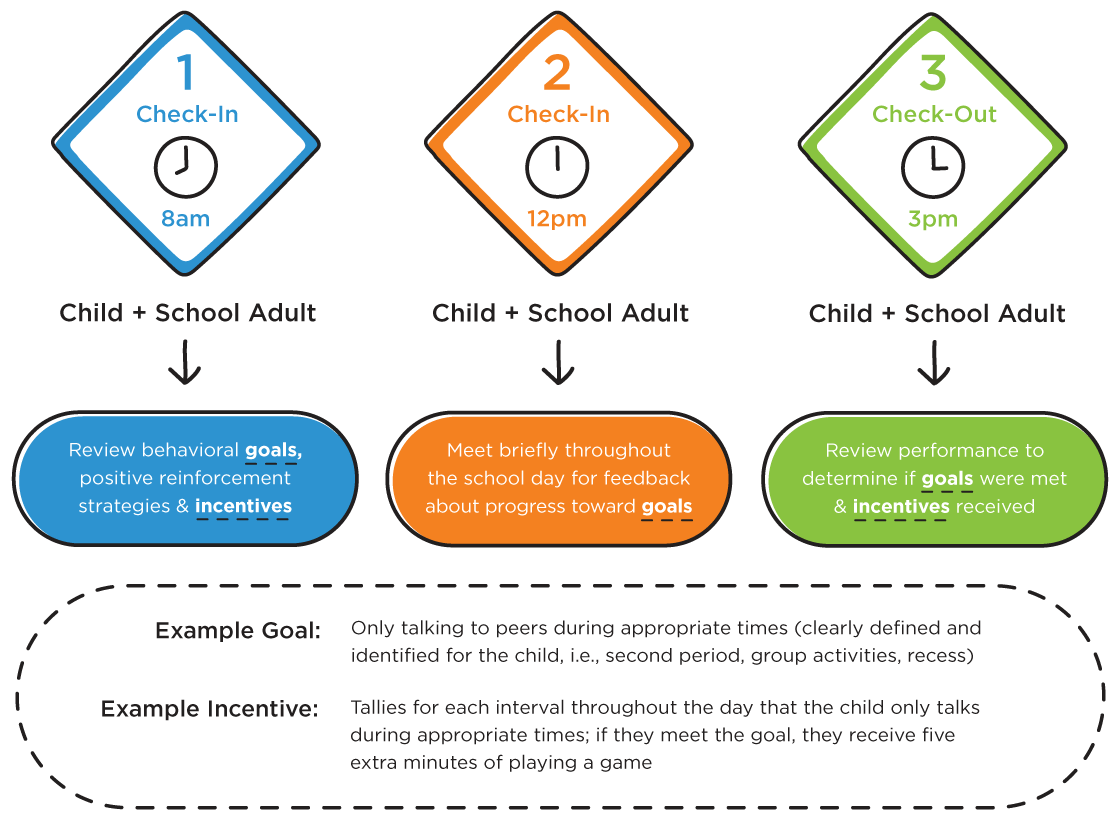Oct 03, 2023 /
Behavioral Health
By Asia Hulse, PhD / Summit, Willow Creek
& Reagan Larsen, MD / Summit
If your child has been diagnosed with ADHD, you’re not alone. As much as 7 percent of all children share this diagnosis. When it comes to treatment, it is important that you make the best choice for your child and your family. We want to help support you with this decision!
Did you know that treatment guidelines vary based on a child’s age and brain development? The American Academy of Pediatrics recommends the following:

The decision to incorporate medication into your child’s treatment plan can have a number of benefits. Benefits including the following based on data from the World Federation of ADHD, which is an international group of health experts that formulates public policy about ADHD:
There are two types of medications used to manage ADHD: stimulants and nonstimulants. Symptoms of ADHD are thought to be linked to inefficient processing of information by certain types of neurons (brain cells) in the prefrontal cortex of the brain. Stimulant medications, such as methylphenidate and amphetamine, act at these neuron sites to increase signal strength by affecting the amounts of neurotransmitters, specifically norepinephrine and dopamine. This decreases symptoms of inattention, hyperactivity, and impulsivity.
Stimulant medications are given in the mornings and have a duration of 4-6 hours for short-acting medications and 8-12 hours for extended-release formulations. The most common side effect with stimulant medications is appetite loss while the medication is in the system. Less common side effects include headaches, abdominal pain, difficulty sleeping, increased heart rate and blood pressure, growth retardation (more common in younger children with chronic use), and mood changes.
Nonstimulant medications, such as guanfacine and atomoxetine, whose mechanism of action is not as well understood, can be useful in managing some of the hyperactivity and/or aggressive behaviors that may be present in ADHD, but often fail to improve focus and attention significantly. The most common side effect of nonstimulant medications is drowsiness, so these are often given at bedtime.
Your child’s physician will help monitor for these concerns with regular clinic visits that include checking your child’s weight and height, blood pressure, and heart rate, in addition to any reports of side effects and a physical exam.
Overall, your child’s treatment for any medical condition requires careful consideration of risks, benefits, and knowledge of the most up-to-date recommendations based on science. Talk with your pediatrician about the best treatment options for your child and to get help in guiding you through this process.
©2026 Wasatch Pediatrics